MACV-SOG: Vietnam War’s DEADLIEST Unit You’ve Never Heard Of

In the heat of the Vietnam War, a top-secret unit was created to conduct some of the most dangerous and high-stakes missions imaginable. It was composed of the best of the best operators, hand-picked from various branches of the U.S. military tasked with carrying out classified operations behind enemy lines. This unit was known as the Military Assistance Command, Vietnam - Studies and Observations Group, most commonly referred to as MACV-SOG.
From covert reconnaissance missions to hostage rescue and assassination attempts, MACV-SOG operators were often placed in positions where the enemy outnumbered them over 1000 to 1. They were willing to take on any challenge and push the limits of what was considered possible in the name of serving their country. This elite military unit was so secret that its existence was denied by the U.S. government until decades later.
But what led to the creation of this classified unit? What exactly did MACV-SOG do? What impact did it have on the Vietnam War? And how much influence did this unit have on the future of special operations? Keep reading, and we’re going to answer all of those questions for you, and much more.
TABLE OF CONTENTS
MACV-SOG: HITTING THE GROUND RUNNING
MACV-SOG: SETTING THE STAGE

Following World War 2, France had tried to reestablish its colonial rule in Vietnam - but it wasn’t easy. Conflict ensued, and in 1955, France was forced to pull out of Vietnam after its defeat in the French Indochina War. The Geneva conference split Vietnam along the 17th parallel, with the Communists ruling in the North and the anti-communists controlling the south. Not only was Vietnam split in two on the map, but so was its population; some were in favor of communist rule, and some were in favor of the western way of life.
With armed conflict and tensions rising between North and South Vietnam, the United States feared that South Vietnam would fall to the communists. Working under the “domino theory," which held that if one country fell to communism, others would follow, President Kennedy increased U.S. aid and presence in Vietnam but stopped short of committing to a large-scale military intervention. Green Berets were sent into Vietnam to aid the local forces while keeping a low radar on their presence in the country.
However, tensions continued to rise. After JFK’s assassination in late 1963, President Lyndon B. Johnson was now at the helm. With the ensuing political instability in South Vietnam, things reached a tipping point with the Gulf of Tonkin incident, and Johnson would launch a full-scale assault.
The U.S. military was struggling to gain a foothold against the Viet Cong and North Vietnamese Army, who were using guerrilla tactics and the dense jungle terrain to their advantage. In addition to their conventional tactics, the U.S. military countered their enemies by conducting operations deep behind enemy lines using small teams of highly trained operatives. These operations were initially conducted by various special operations units, such as the Green Berets and Navy SEALs, but it soon became clear that a more coordinated effort was needed.
On January 24th, 1964, an elite team of the U.S. military special operations’ best of the best was formed. We’re talking Navy SEALs, Green Berets, Army Rangers, Force Recon Marines, and even CIA Operatives - all working in tandem. This elite, classified unit would be known as MACV-SOG.
MACV-SOG: HITTING THE GROUND RUNNING

According to MACV-SOG’s Annex A, Command History 1964, its official mission was to “ execute an intensified program of harassment, diversion, political pressure, the capture of prisoners, physical destruction, acquisition of intelligence, generation of propaganda, and diversion of resources against the Democratic Republic of Vietnam.”
MACV-SOG wasted no time getting to work. They had a lot on their plate, and would be tested like no other military unit had been before. Its operators would go where conventional troops weren’t supposed to be, even though the top brass had publicly stated that no Americans were fighting outside South Vietnam.
MACV-SOG’s main battleground was the infamous Ho Chi Minh Trail that snaked from North Vietnam through Laos and Cambodia and into South Vietnam, which supplied the insurgency there.
As the U.S.’s involvement in Vietnam steadily grew with more conventional troops, so did its secret war. As a result, MACV-SOG grew in size and scope over the years. Its missions evolved over time and included strategic reconnaissance, direct action, sabotage, personnel recovery, Psychological Operations, counter-intelligence, and bomb damage assessments.
Through time and development, the unit had matured and split into three subordinate geographical commands, which were Command and Control North, Central, and South. Each of these sites operated independently, and was organized based on its unique tactical situation. They were the size of a modern Special Forces battalion, and had reconnaissance, reaction, and company-sized security forces that consisted of Americans and indigenous personnel that they had recruited.
Working in small teams of commandos, it was not uncommon for teams of 10 or fewer to be compromised and face off against hundreds or thousands of North Vietnamese soldiers. The events that took place on Thanksgiving Day 1968 sum up what we’re trying to explain perfectly.
As families across America gathered together to enjoy their Thanksgiving dinner, six MACV-SOG operators were fighting for their lives against 30,000 North Vietnamese troops in the jungles of Southeast Asia.
Military intelligence and leadership needed to know where three missing Vietnam divisions went, which consisted of approximately 30,000 personnel. Six brave men of ST Idaho, consisting of two green berets and four mercenaries, were tasked with infiltrating the enemy camps without close air support, to gather intel on their whereabouts. When they arrived at the camp, things were a bit too quiet. As they were busy collecting intel, one of the mercenaries sensed the enemy’s approach, which made them decide to exfil.
As they were leaving the camp, hundreds of enemy troops came out of nowhere and began to surround them. ST Idaho ran for their lives and had to fend off thousands of troops on their way to the landing zone. With heavy enemy resistance, their exfil helicopter arrived at the nick of time and managed to get them out of there moments before the enemy completely flooded their perimeter.
It sounds like something right out of a movie, right? And that’s just one mission. It’s been said that one day in a MACV-SOG team could produce a lifetime of stories.
MACV-SOG: MISSIONS

While each mission was daring and unique, they almost always followed the same tactical profile. Operators would be inserted by helicopters or small boats miles from their target and patrol toward their objective, all while attempting to avoid enemy troops scattered throughout the area.
Teams would maintain communications with a forward air controlled fixed-wing aircraft for close air support in the event things went south, which they typically and inevitably did. Missions would typically last three to five days, epic gun fights would ensue, and the small MACV-SOG teams would be constantly hunted down by devastatingly superior enemy forces.
Getting back to camp was no easy feat either. Almost every mission would involve hot extracts. It was more common than not for a team to be extracted under fire and with their perimeter minutes, if not seconds, away from being overrun.
In a nutshell, MACV-SOG operators were often put in situations that other Vietnam troops would never dream of. Because of the intense missions that they were tasked with, the U.S. military denied MACV-SOG’s existence. That means that when they were deep behind enemy lines, they had to keep an extremely low profile. Many of them couldn’t carry anything that would mark them as American, and would often use foreign made weapons to confuse the enemy. But it went deeper than that. Because MACV-SOG operators were so effective and had become such an issue for the Viet Cong, the enemy had literally established counter MACV-SOG tracking teams to hunt them down in the jungle. Since a professional tracker could tell the difference in the smell of someone’s shit whether they were eating an american or local diet, members would have to consume local food, beverages, and smoke vietnamese cigarettes to avoid even the possibility of detection.
Service in the unit came with an unspoken agreement that you would receive either a Purple Heart or a body bag. The casualty rate was over 100%, meaning that everyone was getting injured, some more than once. Despite this, MACV-SOG’s bravery and ingenuity earned it a reputation as one of the most effective and feared special operations units of the Vietnam War, resulting in a 158 to 1 kill ratio, the highest kill ratio in United States military history.
As the years went on, the U.S. military slowly began to withdraw from Vietnam and scale back its operations. After 1970, the scope and intensity of MACV-SOG began to dwindle. In 1971, the 5th Special Forces Group, which was the largest source of volunteers for the unit, went back stateside. With congressional restrictions imposed on military operations, U.S. personnel were barred from accompanying operations in Cambodia and Laos. Eventually, on April 30, 1972, MACV-SOG was deactivated. While the unit was gone, its impact affects U.S. special operations to this very day.
MACV-SOG: LEGACY

It wasn’t until decades later that the U.S. military officially recognized MACV-SOG and all of the great work it had done in the Vietnam War. In 2001, the U.S. Army awarded the unit with a Presidential Unit Citation, recognizing the bravery, integrity, and devotion to duty of its covert warriors. Throughout the years, 12 operators would receive the medal of honor for their heroic actions serving in this unit.
It’s important to note that MACV-SOG essentially blazed a trail for the current joint special operations task forces. Eight years after it was deactivated, the Pentagon had to create a similar organization, - Delta Force. Colonel Charles Beckwith, the founder of Delta Force, had previously served in MACV-SOG. This gave him the idea of what such a military command would look like. Just like MACV-SOG, Delta Force pulled the best of the best operators from around the U.S. Military into one elite unit, except this time they were fighting terrorism, not an enemy like the Viet Cong.
MACV-SOG: CONCLUSION

The legacy of MACV-SOG lives on in many of the special operations units that were influenced by its tactics and methods. The unit's daring and dangerous missions helped shape the way special operations forces are utilized in modern warfare. Its members were among the most highly trained and experienced warriors of the Vietnam War, and their sacrifices and achievements will not be forgotten.
If you want to learn more about the military, law enforcement, or government entities, we have a YouTube channel dedicated to providing the best info out there, plus we have a growing list of blog posts as well. Click the links to take you to them!
General Discharge is a veteran-owned, veteran-operated organization that is dedicated to providing the best U.S. Military and Law Enforcement information. With over 250 YouTube videos, over 45 million views, and hundreds of thousands of followers, we have contributed to the success and knowledge of both the current and future generations of service members.
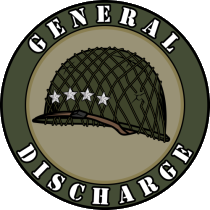
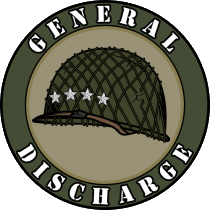
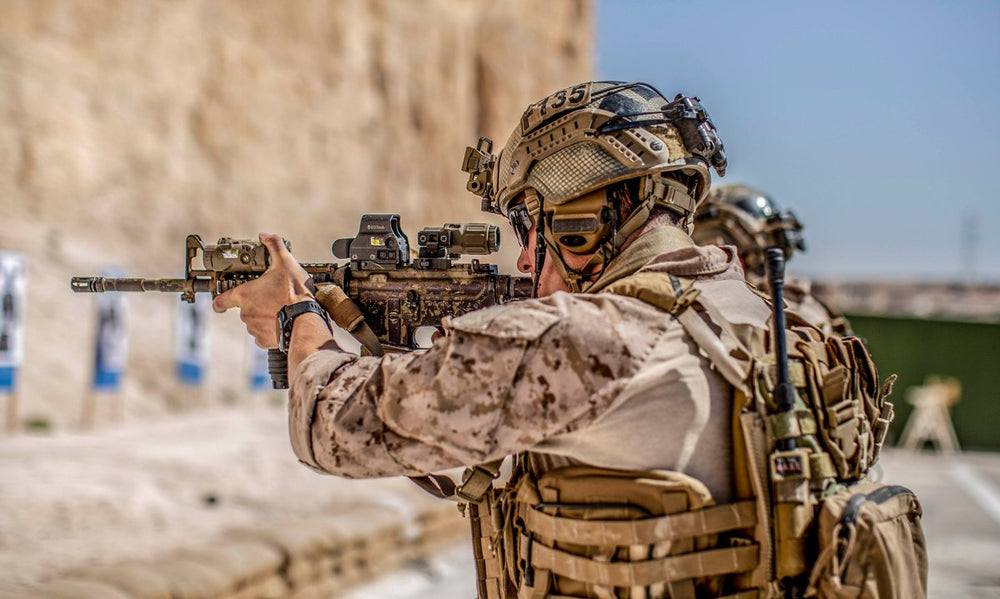
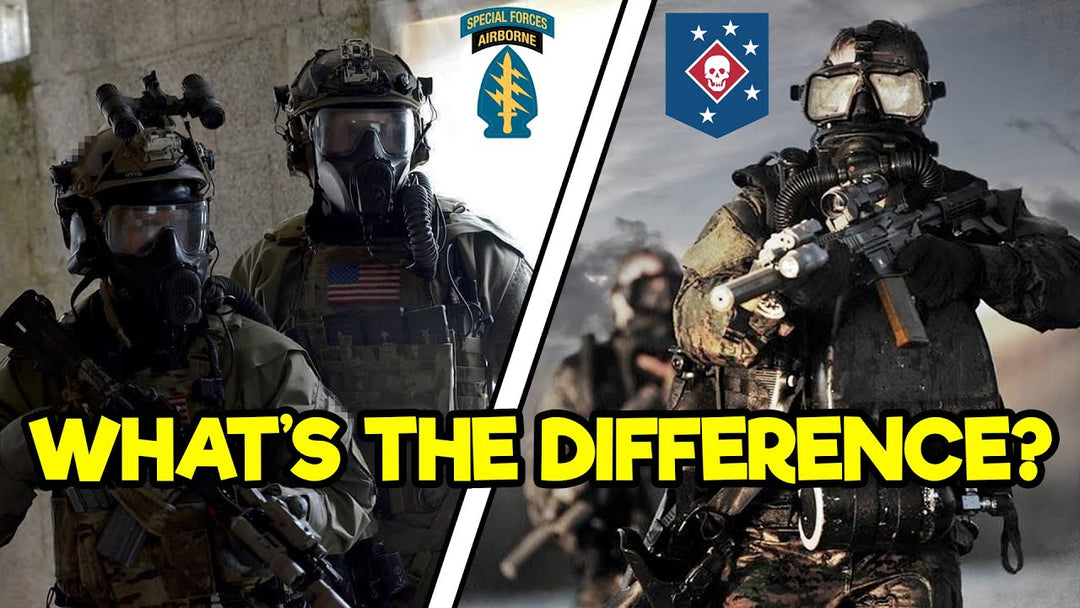
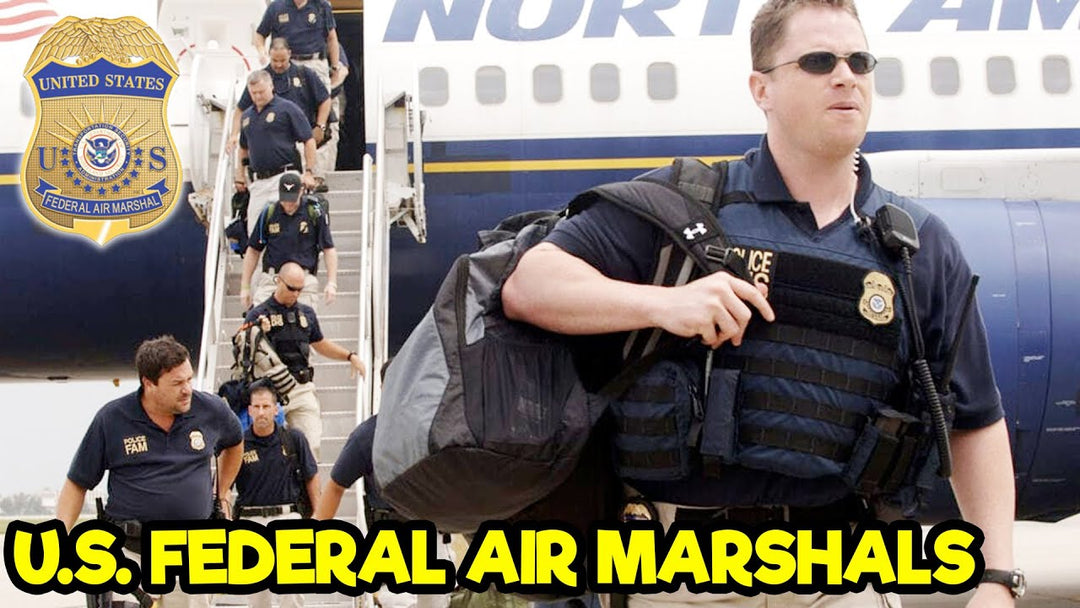
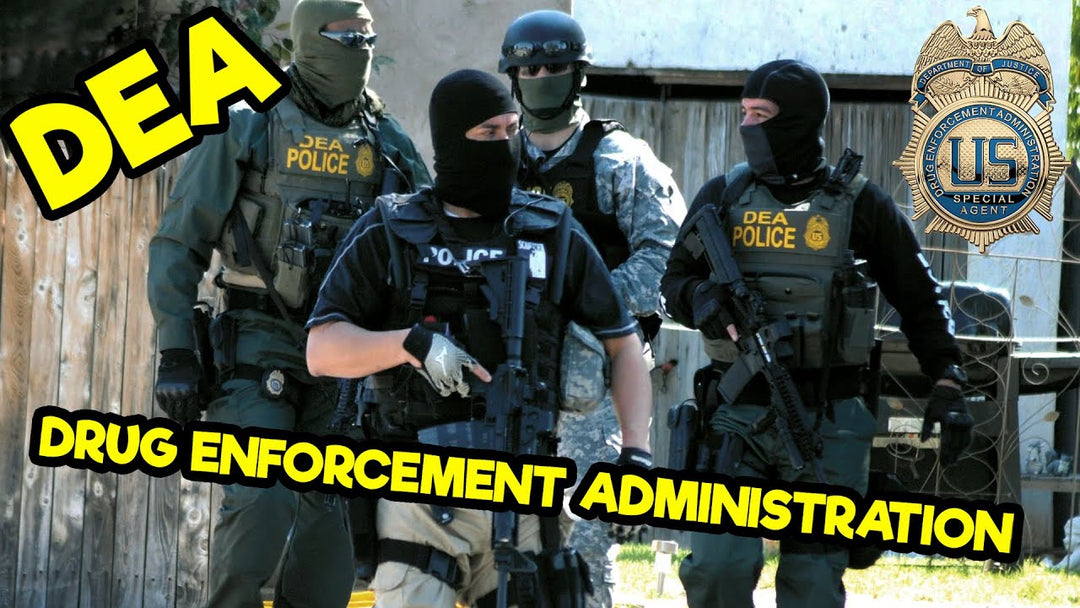
I will always and forever stand in awe of the unmatched bravery and skill of these gallant warriors. I was in the Delta during the Tet offensive and if not for these heroic lads I would not be here today.
Thank you from the bottom of my heart and soul.
Didn’t volunteer , but served MACVSOG. DID THE JOBS THAT HAD TO BE DONE.
Was attached to a Mac V unit at firebase Orangetsomeone please contact me 173rd airborne brigade .replaced James Brockmiller .
My Uncle. Captain Frank Miller, U.S. Army from Orlando Florida did 2 tours of Duty in Vietnam as a Helicopter Pilot. He was shot down twice and returned to friendly lines moving through Viet Cong Territory. A Great Pilot and Patriot.
Heard more about these from Seabees who where in Da Nang and Phu Bai. Talked to a few LRRPs in Taipei in 74 who were at the Provost Marshall Office / MARS Station. Thanks for all you did…..Seabee who worked Flights in Taipei 74-75 Diego Garcia 75-76 NMCB-5
Leave a comment